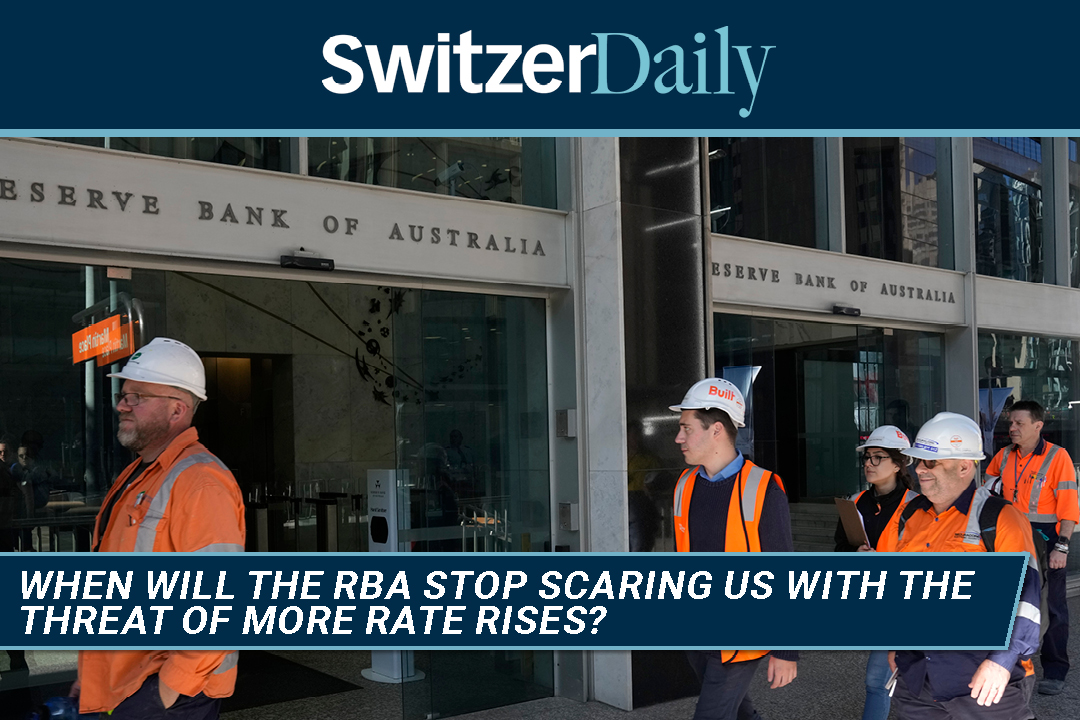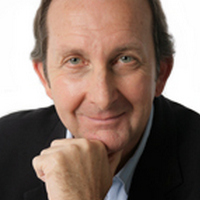

The new RBA Governor Michele Bullock did the smart thing and kept the pause on the cash rate, while warning us that we shouldn’t think rate rises are over.
It comes as we learn that 1.57 million Australians (or 30.2% of mortgage holders) are at risk of mortgage stress. These are the findings of Roy Morgan research following 12 interest rate rises since May last year, when the mortgage stress numbers were 759,000.
Meanwhile, the number of borrowers in the “extreme risk” category is 1,066,000, which is a record high. That said, the overall mortgage stress figures are still below the record high reached in the Global Financial Crisis, when the number was 35.6%.
Clearly, if rates go higher, mortgage stress could easily set new records and the RBA’s new boss is well aware of this.
I think the rate rise show should be over and so do CBA economics team and AMP’s chief economist Shane Oliver, but we could be wrong.
How would that happen? It’s simple — if the economic data screams that the economy isn’t slowing down enough to drive inflation into the 2-3% band, then the RBA will slug us again.
Believe it or not, the RBA wants what builder/developer Tim Gurner recently said needs to happen, but Michele and her board are less candid in their communication. But be clear on this: the 12 rate rises are meant to:
Right now, the ‘great guys’ from OPEC+ are making the fight against inflation hard by raising the price of oil. But only a shrinking, scared global economy, with a lot less demand, will take the cost of petrol and power down.
So, if we want no more rate rises, what’s happening with the data drops is crucial. We need inflation to look like it’s definitely on the way down.
Let’s do the latest data check, with any development bad for bringing down inflation (and therefore not good news for interest rate worriers) in red.
Retail trade rose by 0.2% in August 2023, to be just 1.5% higher through the year. The ABS noted that the trend annual growth rate of 1.3% is the lowest in the history of the series, dating back to 1982!
New housing lending rose by a stronger‑than‑expected 2.2% in August, driven by owner‑occupiers.
The annual rate of credit growth slowed further to 5.1%, the slowest run rate since September 2021.
Job vacancies fell by a very large 8.9% over the three months to August 2023.
Employment surged by 64,900 in August, reflecting a rebound from a 1,400 fall in July. The bounce reflected a recovery from seasonal effects after the timing of school holidays impacted July but all but 2,800 were part-time.
Consumer prices rose by 0.8% in August, with the annual rate rising to 5.2%, but core inflation continued to fall, highlighting the impact from volatile items.
Wages rose by 0.8% over the past quarter and annual wages growth decelerated to 3.6%.
The Westpac-Melbourne Institute consumer sentiment index fell by 0.4% to 81 in August 2023 and as the CBA reported: “The index remains in deeply pessimistic territory”. The move lower is somewhat surprising given the RBA has held interest rates steady in two consecutive meetings.
NAB business confidence remains weak, at 2 in July, up from a revised minus 1 in June, weighed down by the retail sector, which is feeling a heightened degree of pain at the moment.
Home prices are now 5.1% higher than a year ago. Prices have increased by 7.9% since the beginning of this year.
I make four pieces of data bad for inflation, while six out of 10 were good news for interest rate worriers. This is why the RBA again held fire on rate rises. The RBA will watch the persistent services inflation and the recent jump in petrol prices and pay gains, which threaten to disrupt the recent downtrend in inflation.
For those wanting to believe that rate rises are over, this is the latest from the CBA economics team: “We remain of the view that the hurdle to a further rate hike is high, and that the most likely scenario is an unchanged cash rate well into 2024. We expect a gradual monetary policy easing cycle to get underway in May next year, progressively taking the cash rate down to a more neutral level”.
Many Aussies will be hoping these economists are right, but until the data confirms their call, the RBA will keep scaring the pants off us, with words first, but if these words don’t work, with another rate rise.